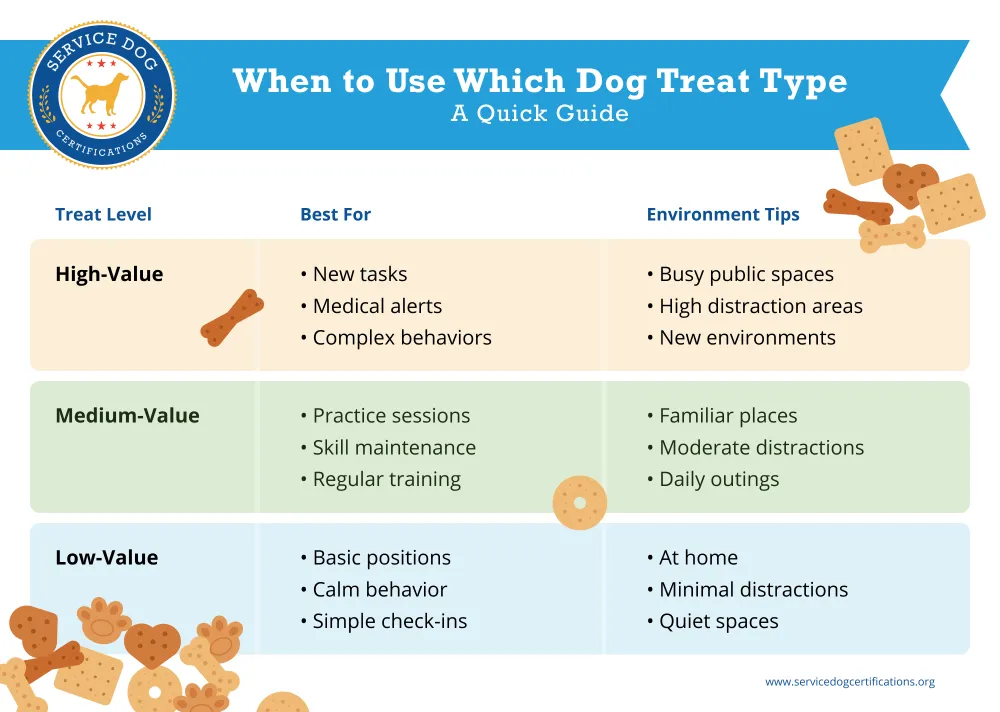How to Select Treats During Service Dog Training
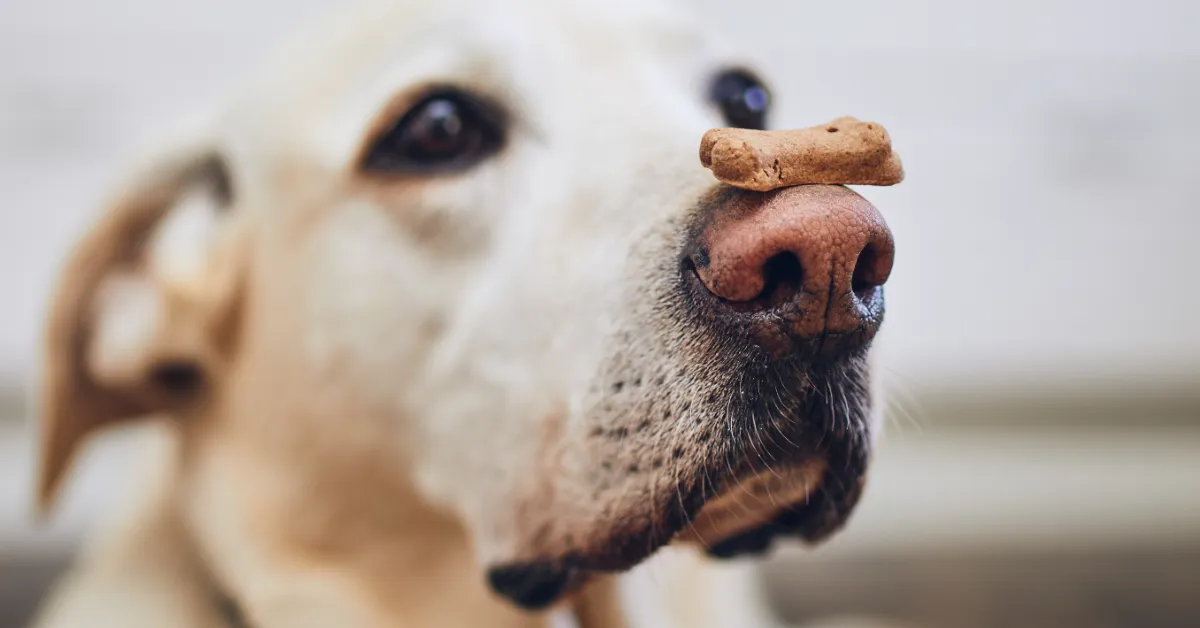
The key to effective service dog training is matching your treats to the task: use high-value treats for teaching crucial skills like medical alerts or guide work, medium-value treats for practice sessions, and basic treats for everyday good behavior.
There is an incredible variety of service dog tasks that help with qualifying disabilities, from acting as guide dogs to performing deep pressure therapy for panic attacks. Teaching these skills requires a thoughtful approach to rewards, especially when it comes to treats. The right treat at the right moment can make the difference between a dog who performs tasks reliably and one who struggles to stay focused when it matters most.
Understanding Treat Value
Think of treats like a paycheck — the more challenging or critical the task, the better the reward should be. You wouldn’t expect someone to work overtime for regular wages, and your service dog needs similar motivation when learning complex or crucial skills.
Most successful training programs use three types of treats:
High-Value Treats
These are the “big bucks” of the treat world. Save them for teaching new tasks or working on the most important service dog skills. Good options include:
- Small pieces of cooked chicken or turkey
- Tiny cubes of cheese
- Freeze-dried liver
- Hot dog bits
Use these when your dog is learning crucial tasks like medical alerts, response to psychiatric symptoms, or complex guide work. They’re also handy when training in really distracting environments like busy stores or crowded sidewalks.
Medium-Value Treats
Think of these as your everyday working treats. They’re interesting enough to keep your dog engaged but not so exciting that they get overstimulated. Options include:
- Commercial soft training treats
- Small pieces of carrot
- Cut-up dog biscuits
- Dry training treats
These work well for practicing skills your dog already knows or for training in moderately distracting environments.
Low-Value Treats
These are your basic rewards for everyday good behavior:
- Regular kibble
- Small crunchy treats
- Pieces of dry dog food
Perfect for rewarding simple things like maintaining a position or showing good public access manners in easy environments.
Finding What Works for Your Dog
Not every dog goes crazy for the same treats. Some service dogs might do backflips for a piece of kibble, while others barely glance at expensive training treats. Before stocking up on any particular treat, figure out what your dog enjoys. You might discover that your dog prefers soft treats over crunchy ones, or that they work harder for small pieces of hot dog than premium store-bought treats.
Try this: Put out small amounts of different treats and watch which ones your dog gravitates toward. Just remember that the “best” treat on paper might not be the best treat for your dog. Some service dogs get too excited with freeze-dried liver, but work perfectly for small pieces of cooked chicken. Others might find cheese too rich but love pieces of apple or carrot.
The Nitty-Gritty of Treat Management
Let’s talk about the practical side of carrying treats around all day. Nothing ruins a training session faster than discovering your treats have turned into a melted mess in your pocket. Here’s what works:
Preparation
- Cut treats into tiny pieces ahead of time – about the size of a pea for most dogs
- Package different treat values separately
- Keep a variety on hand – what works great one day might not work as well the next
Storage
- Use sealed containers or zip-lock bags to prevent smells and keep treats fresh
- Consider the weather – cheese might be great in winter but messy in summer
- Keep treats in a cool, dry place when not in use
Carrying Treats
- Get a good treat pouch with separate compartments
- Keep high-value treats separate from regular treats
- Consider using small sealed containers inside your treat pouch for messy treats
Making Treats Work in Different Situations
Service dogs need to perform their tasks reliably everywhere — from quiet homes to busy airports. What works perfectly in your living room might be impractical or ineffective in a crowded store. Success often depends on adapting your treat strategy to fit the environment.
Training at home gives you the most flexibility with treat choices. This is the perfect place to experiment with different options and figure out what really motivates your dog. You can work with messier treats like small pieces of cheese or hot dogs since you’re near a sink and cleaning supplies. Home training also lets you gauge how your dog responds to different treat values without the added pressure of public distractions.
Taking your training public requires more planning. In busy spaces like stores or city streets, you need treats you can deliver quickly and cleanly. Forget about crumbly biscuits or anything that might melt in your pocket. Soft, small treats that your dog can eat in one bite work best here. You might also find you need higher-value treats to maintain your dog’s focus when there are more distractions around.
Weather plays a bigger role in treat selection than many handlers initially realize. Hot summer days can turn cheese or soft treats into a gooey mess, while winter temperatures might freeze your usually reliable training treats into hard pellets. Many experienced handlers adjust their treat choices seasonally, opting for freeze-dried options in summer and keeping soft treats close to their body heat in winter.
The environment also affects how quickly your dog can eat their treats. In public spaces where maintaining focus is crucial, treat size becomes especially important. A treat that takes too long to chew can break your dog’s concentration and make it harder to get back to work. This is particularly important for guide dogs and mobility assistance dogs who need to maintain specific positions.
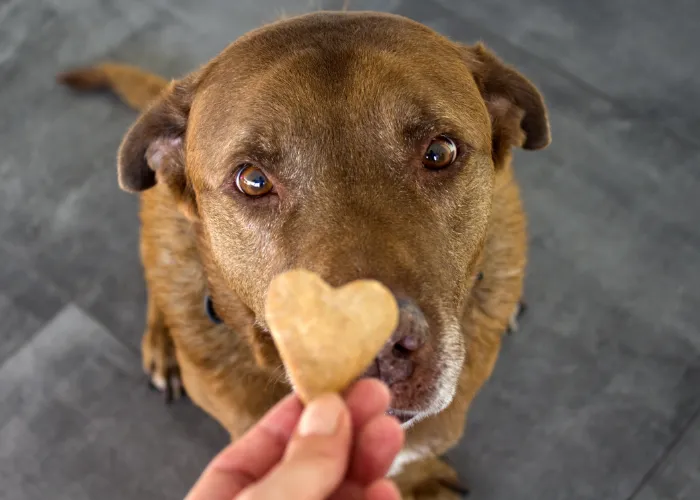
Common Treat Problems and Solutions
Even experienced handlers run into challenges with treats during service dog training. Some issues come up so often that they’re worth addressing directly — you might find yourself nodding along to some of these common frustrations. While every dog is different, these tried-and-true solutions can help you work through the usual stumbling blocks.
“My dog gets too excited about high-value treats.”
Over-excitement about treats can make training difficult, especially when teaching precise tasks that require focus. If your dog starts jumping, whining, or losing concentration when you break out the good stuff, you’re not alone. Start by breaking treats into much smaller pieces — your dog will still love them, but the smaller size helps keep excitement levels manageable.
Many handlers also find success mixing high- and medium-value treats within the same training session. This unpredictability helps keep your dog’s arousal level steady while maintaining their interest. If your dog is still getting too amped up, try practicing in a boring environment like your living room until they can stay focused around high-value treats. You can gradually add more distractions as their self-control improves.
“My dog ignores treats in busy places.”
This is often a sign that the environment is too overwhelming for your dog’s current training level. Unlike working at home, busy public spaces bombard your dog with new smells, sounds, and sights that can make it hard to focus on treats. Start by finding places with fewer distractions and gradually work up to busier environments. You might also need to use higher-value treats than usual in these situations. Some handlers find success by practicing in quieter areas of busy places, like the edge of a park or a less crowded section of a store, before moving to more challenging spots.
“My dog loses interest in treats during training.”
Consider if your dog is too full from meals – try training before breakfast or dinner when your dog is naturally more motivated by food. Also, check if the environment might be too distracting or if you’re asking for too much too quickly. Sometimes, going back to easier tasks in calmer environments can help rebuild your dog’s interest in working for treats.
Remember, the perfect treat is one that:
- Motivates your dog
- Is practical for you to use
- Doesn’t upset your dog’s stomach
- Works in your training environment
Don’t be afraid to experiment and adjust your treat strategy as needed. What works during initial training might need to change as your dog progresses or when you work in different environments.
About the Author: The writing team at Service Dog Certifications is made up of folks who really know their stuff when it comes to disability laws and assistance animals. Many of our writers and editors have service dogs themselves and share insights from their own experiences. All of us have a passion for disability rights and animals.
Latest Posts

Can you bring a service dog to a museum?
Yes, you can bring your service dog to the museum! All the major U.S. museums welcome guests with service animals in accordance with the Americans with Disabilities Act (ADA). There are some areas, however, that might be off-limits. Here’s what you should know if you plan to spend a day at the museum with your […]

Read More
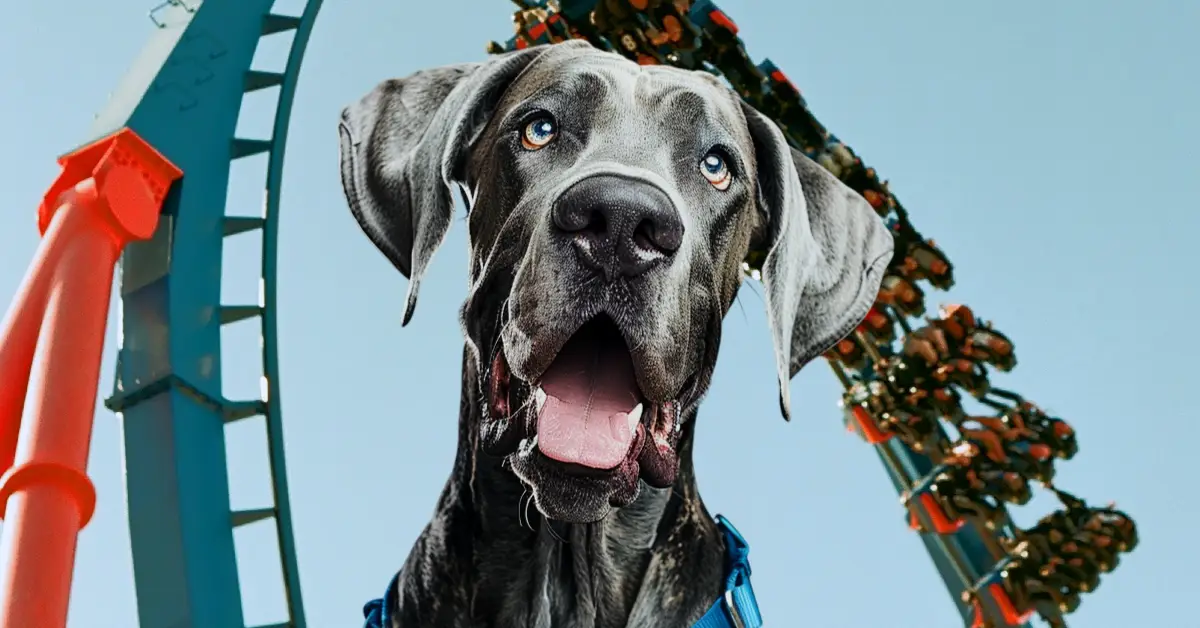
How to Bring a Service Dog to Six Flags Magic Mountain
Service dogs are welcome at Six Flags Magic Mountain so long as they are, according to Six Flags, “trained to do work or perform tasks for people with disabilities.” Of course, your dog must be housebroken and remain on a leash or harness and under your control while at the park — and the park […]

Read More
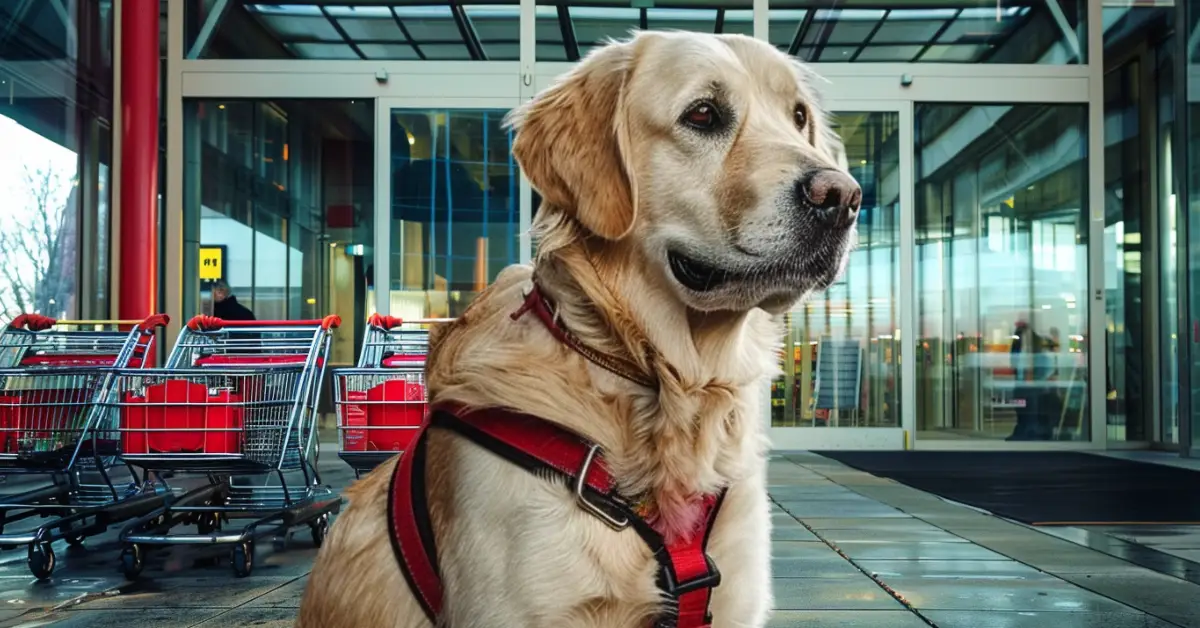
When Stores Can Refuse Your Service Dog
According to the Americans with Disabilities Act (ADA), service dogs should be allowed into any store most of the time. A store owner can legally exclude a service dog if they are actively growling, snapping at, or frightening customers, or if the dog is obviously out of the control of its owner. Ordinary behaviors — […]

Read More
